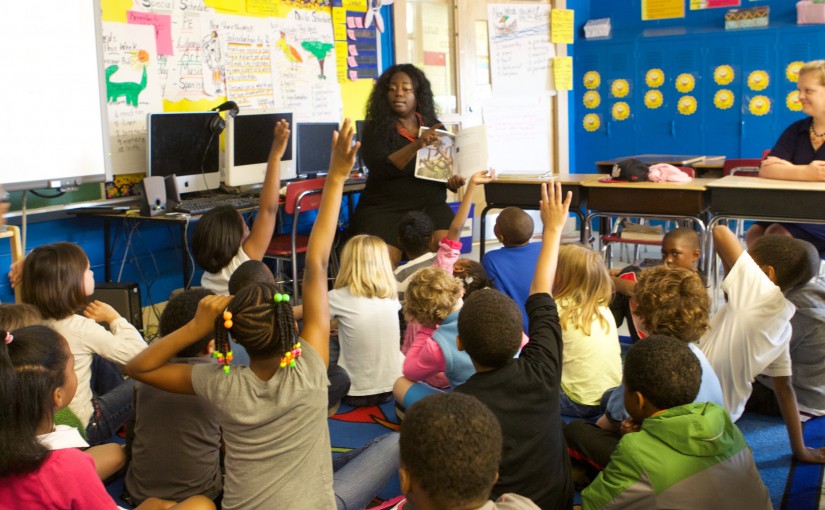Every student has the potential to succeed. But in a traditional classroom, it can be harder for students with special needs to tap into that potential.
Special needs students’ success can be limited by the unique challenges they face. It can require a thoughtful effort from teachers to ensure that special needs students thrive in the classroom.
How can teachers help special needs students thrive? Offer them the support they with these tips for classroom success:
Create a Safe, Welcoming Class Environment
From how a teacher talks to the posters on the walls, make sure that all of the cues in the classroom are positive and accepting of diversity from day one. Be clear that all different kinds of people have unique gifts.
Be Clear and Consistent About Rules
Set classroom expectations early, and adhere to them consistently. When a student understands what is expected and can count on the consequences, good or bad, being the same every time, it offers an important foundation and sense of order.
Look for Students’ Strengths
Speak with the previous teachers of special needs students, and the students’ parents. Ask them about the child’s strengths and challenges. Also talk to each special needs student one-on-one—what do they perceive themselves to be good at? What do they perceive themselves to be bad at? These conversations can offer a wealth of information to give each student appropriate support.
Tap Into Students’ Interests
As you engage with students, learn about what their interests and passions are. Then, find ways to incorporate their interests into the lessons. For example, instead of a typical math problem about trains, can you make one about hockey for a sports fan?
Arrange Desks in Groups
When students are grouped in a way that encourages engagement, it can foster an inclusive learning environment. All students benefit when they interact with individuals who are different from them, but it can be especially helpful for special needs students, who will benefit from working together on class activities.
Show Students Their Career Potential
Students with special needs can struggle to see themselves fitting into the adult world, as there is very little imagery available in mainstream culture to model success for them. Encourage them by making links between their interests, strengths, and specific career paths. For example, a dyslexic student who loves art could find success as a graphic designer.
Break Large Tasks Into Smaller Goals
This can serve two purposes. First, it helps students who struggle to bring large tasks to completion a sense of accomplishment. It also helps teachers measure individual students’ productivity and pinpoint specific struggles.
Follow the IEP
Every student with special needs is required to have an IEP—an individual education plan. This document includes goals, objectives and support services specific to each child for their entire academic career. Knowing the IEP for each student helps teachers ensure they stay on track for their education goals.
Communicate With Parents
Keep parents and caregivers informed of what the class is learning, how their child is doing, and especially notify them of any problems or areas of concern. Working together with parents and caregivers can stem concerns before they become serious issues.
With Support, Every Student Can Thrive
Students with special needs may have face more challenges within the confines of a traditional classroom setting, but with patience and support, every student can find success. To help yours reach their potential, establish a positive, consistent learning environment and support their learning process with the appropriate tools, goals and interests.

Leave a Reply
You must be logged in to post a comment.